In the dynamic landscape of Australian housing, a significant shift has been observed in recent years – a growing preference for apartment living. This shift is not just a trend, it’s a lifestyle choice that aligns with the evolving needs and desires of many Australians. In this comprehensive exploration, we delve into the multifaceted benefits that drive this choice and why more individuals are opting for apartment living.
The Rise of Apartment Living in Australia
Australia’s urban and suburban landscapes have witnessed a remarkable transformation as apartment living gains prominence. This shift is driven by a confluence of factors, from changing demographics to evolving lifestyle preferences. Let’s unpack the key reasons behind the surge in popularity of apartment living across the nation.
1. Urbanisation and Limited Land Resources

Australia’s urbanisation trajectory, coupled with the limitations of available land resources, has paved the way for a more compact and sustainable housing approach. In metropolitan hubs, where space is at a premium, apartment living emerges as a pragmatic response to the spatial conundrum.
The vertical expansion of living spaces aligns with the imperative to maximise land utilisation in densely populated urban areas.
2. Changing Perspectives on Homeownership

The traditional Australian dream of owning a standalone house with a backyard is undergoing a perceptual shift. More Australians are embracing the notion that home is not just a physical structure but a dynamic space that complements their lifestyle.
The concept of home has transcended traditional boundaries, giving rise to a culture that values community, convenience, and adaptability.
3. Shifting Lifestyle Priorities

The contemporary Australian lifestyle is characterised by mobility, dynamic career choices, and a pursuit of experiences.
Apartment living caters to these evolving priorities, offering flexibility, accessibility, and a low-maintenance lifestyle. The ability to lock and leave, coupled with proximity to urban amenities and cultural hotspots, positions apartments as an attractive option for those seeking a lifestyle aligned with the pulse of modernity.
4. Environmental Consciousness
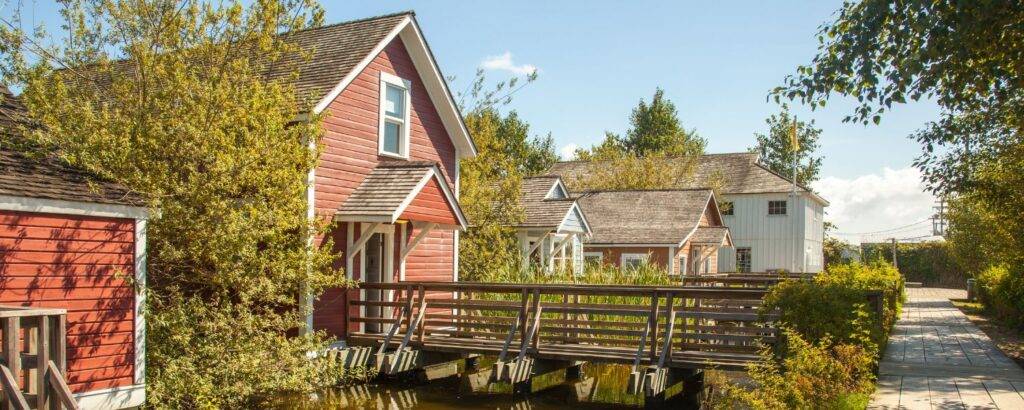
Australians, like many global citizens, are increasingly attuned to environmental considerations. Apartment living aligns with sustainability goals by promoting higher-density living, reducing the need for extensive land development.
Furthermore, modern apartment complexes incorporate eco-friendly features, contributing to a more conscientious and environmentally responsible way of life.
5. Economic Considerations

From an economic standpoint, apartment living presents a compelling case. The efficient use of space in apartment buildings translates to higher density, mitigating the need for sprawling urban development.
This density-focused approach optimises infrastructure utilisation and potentially results in cost savings, both for residents and local authorities. The economic viability of apartment living positions it as a pragmatic solution in a landscape where fiscal considerations play a pivotal role in housing decisions.
6. Embracing Community in Apartment Buildings
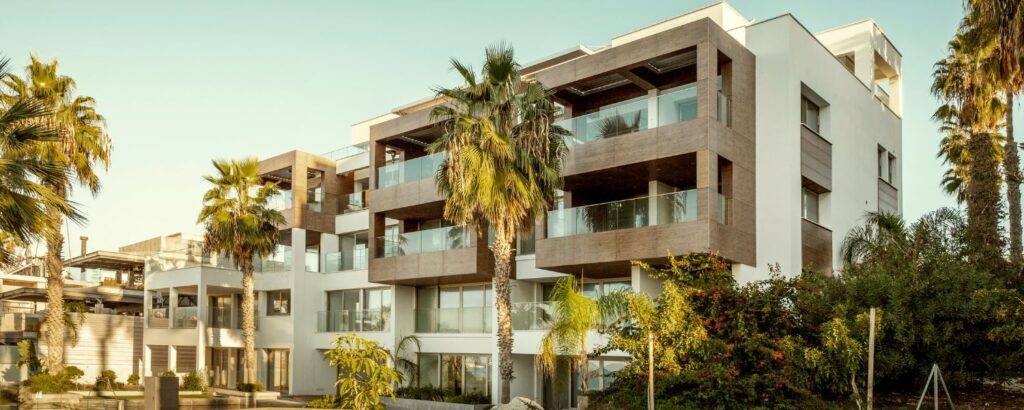
One of the standout advantages of apartment living is the sense of community it fosters. Unlike the traditional detached housing model, apartment buildings often become hubs of social interaction and support.
Communal spaces, shared facilities, and organised events contribute to the creation of close-knit communities within the building. This communal spirit is a significant driving force behind the growing popularity of apartments, particularly among those who value social connections and a vibrant neighbourhood atmosphere.
7. Tailored Living Spaces for Every Stage of Life
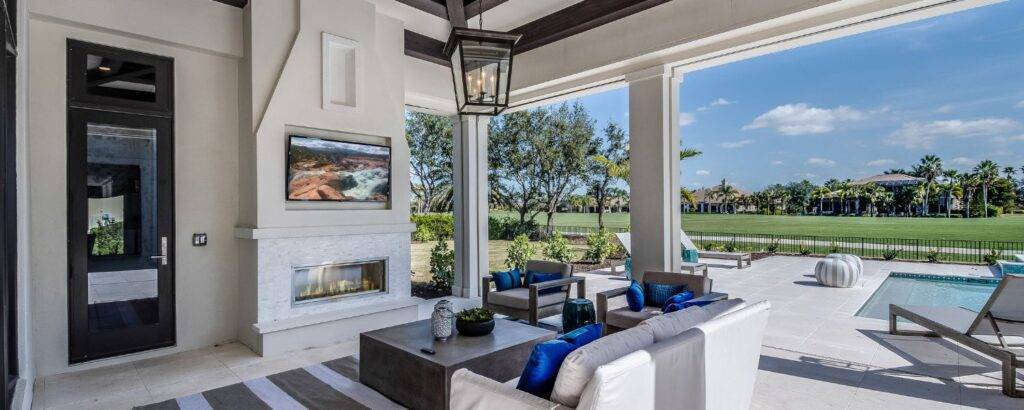
Apartment living caters to a diverse range of individuals, from young professionals to retirees. The versatility of apartment layouts allows for tailored living spaces that suit various lifestyles. The market offers a spectrum of options, from the simplicity of studio apartments ideal for students to spacious two-bedroom units suitable for young families.
Additionally, luxurious penthouses provide an attractive option for retirees seeking comfort, style, and panoramic views. This flexibility in design and functionality is a key factor in the appeal of apartment living, offering a solution for individuals at different stages of life.
8. Sustainable Apartment Households
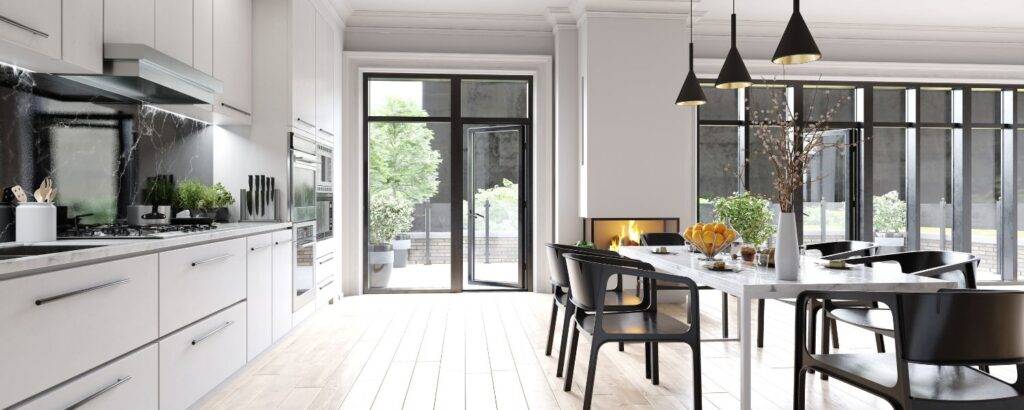
With a growing global focus on sustainability, many Australians are turning to apartment living as a more eco-friendly option. Compact living spaces often translate to reduced energy consumption and a smaller ecological footprint.
Modern apartment buildings are incorporating sustainable features, such as energy-efficient appliances, solar panels, and green spaces. This aligns with the values of environmentally conscious individuals who seek to minimise their impact on the environment.
The convergence of sustainable living and apartment communities positions this housing choice as an attractive option for those committed to environmental responsibility.
9. A Demographic Tapestry

The choice of housing is intricately linked to demographic shifts, and Australia is no exception. As the population diversifies in age, occupation, and lifestyle, traditional housing models face challenges in catering to this dynamic tapestry.
Enter apartment living—an inclusive housing solution that resonates with a spectrum of individuals, from young professionals to retirees.
Specific Apartment Living Styles
1. Senior Living Apartments
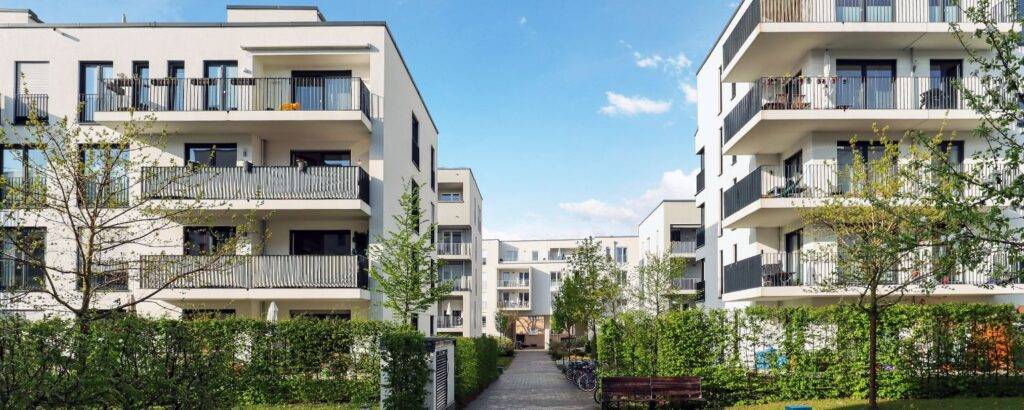
As the Australian population ages, the concept of senior living apartments has gained traction. These purpose-built residences provide a supportive and secure environment for retirees.
Senior living apartments often come equipped with amenities tailored to the unique needs of seniors, including accessibility features, healthcare support, and recreational facilities. This style of apartment living offers a vibrant and active lifestyle for retirees seeking community engagement and hassle-free living.
2. Student Living Apartments
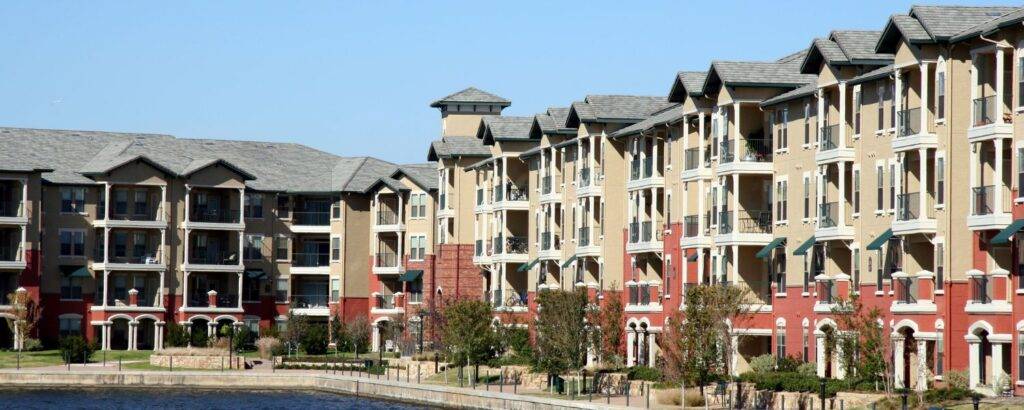
For students, apartment living offers a sense of independence and a conducive environment for focused studies. Purpose-built student housing provides a balance between communal living and personal space, enhancing the overall university experience.
The proximity to educational institutions and the availability of amenities designed for student needs make these apartments an increasingly popular choice among the younger demographic.
3. Retirement Apartments

Retirement apartments, designed exclusively for those entering their golden years, prioritise accessibility, security, and comfort. These apartments often feature age-appropriate design elements, such as grab bars and step-free entry points.
In addition to the physical aspects, retirement apartments may offer additional services such as on-site healthcare, recreational activities, and a supportive community. This style of apartment living provides retirees with a hassle-free and enriching lifestyle as they enjoy their well-deserved retirement.
Apartment Living: A Wise Choice
As we continue to explore the benefits of apartment living, it becomes evident that this lifestyle choice is not just a passing trend; it’s a strategic and conscious decision for many Australians.
From fostering community bonds to embracing sustainability and offering tailored living solutions, apartment living aligns with the diverse needs of a modern society.
1. The Economic Perspective

In addition to the lifestyle advantages, apartment living also presents economic benefits for both residents and the broader community. The efficient use of space in apartment buildings allows for higher density, reducing the demand for sprawling urban development.
This, in turn, contributes to a more sustainable and cost-effective use of infrastructure and resources. Moreover, the lower maintenance costs associated with apartment living can result in potential financial savings for residents compared to maintaining a standalone house.
2. The Urban Landscape

From a city planning perspective, the rise of apartment living has significant implications for urban development. The concentration of residents in high-density areas promotes efficient land use, reduces urban sprawl, and facilitates the development of public transportation infrastructure.
This shift towards compact, well-designed living spaces supports the creation of vibrant urban centres with enhanced accessibility to amenities, services, and cultural hubs.
3. The Future of Housing

The current trend towards apartment living signals a paradigm shift in how Australians envision their homes and communities. The demand for diverse, flexible, and sustainable living spaces challenges architects, developers, and policymakers to innovate and adapt.
As more individuals recognise the advantages of this lifestyle, the trend is likely to continue shaping the housing landscape for years to come.
Conclusion
The rise of apartment living in Australia reflects a shift towards a more flexible, community-oriented, and sustainable way of life. As more individuals recognise the benefits of this lifestyle, the trend is not merely a passing phase, it’s a strategic choice for those seeking a modern and dynamic living experience.
From fostering community bonds to embracing sustainability, offering tailored living solutions, and contributing to economic and urban development, apartment living is poised to play a crucial role in the future of Australian housing.




